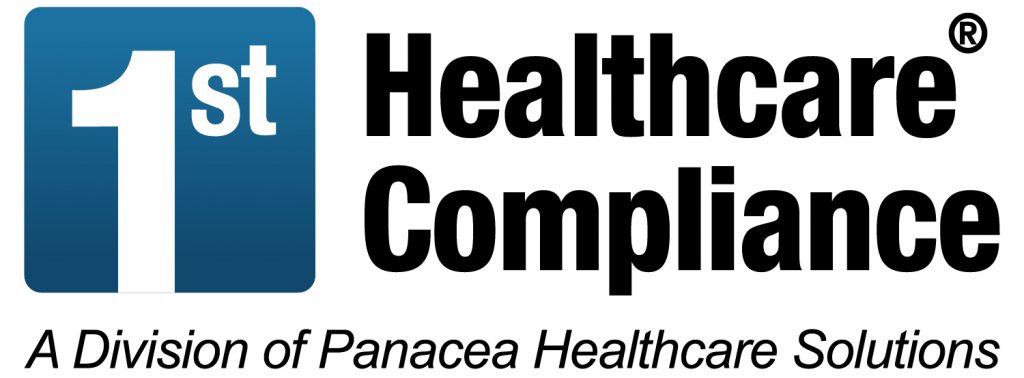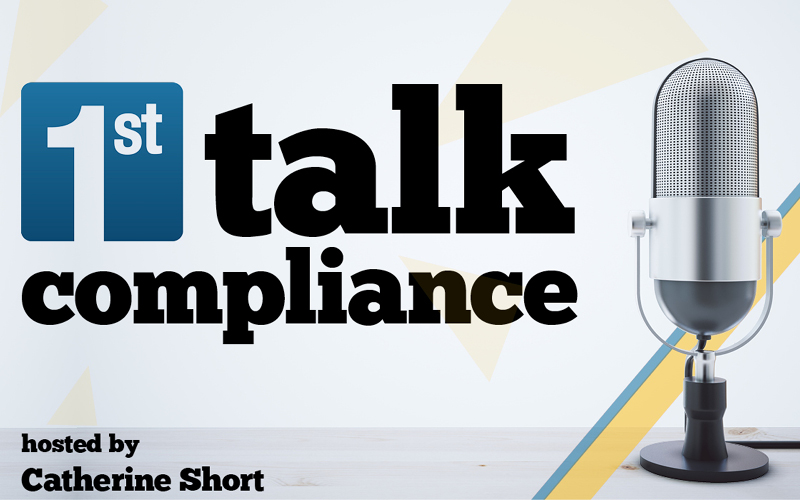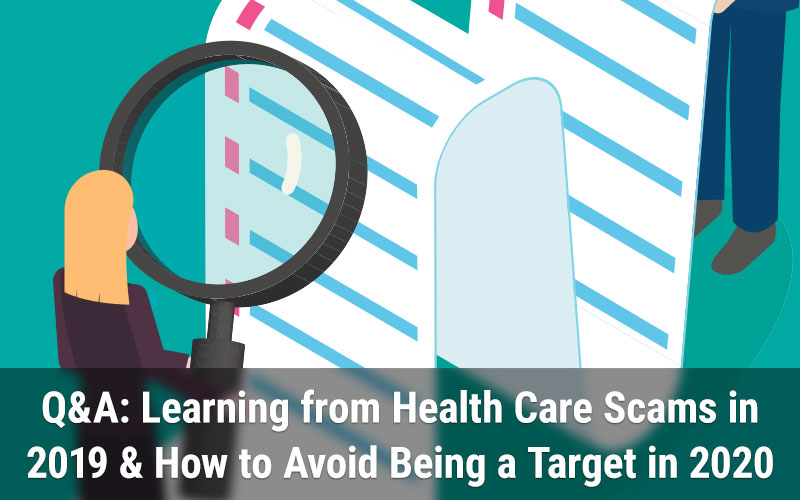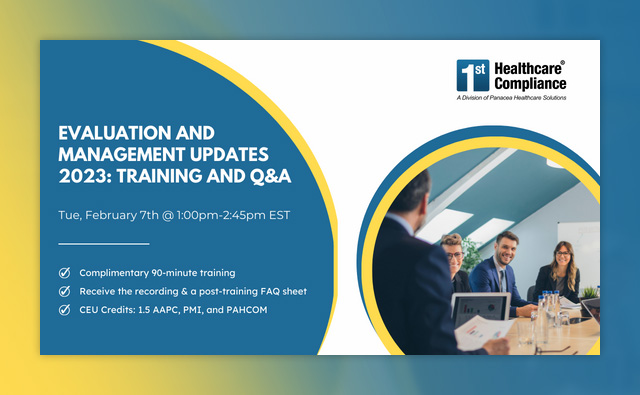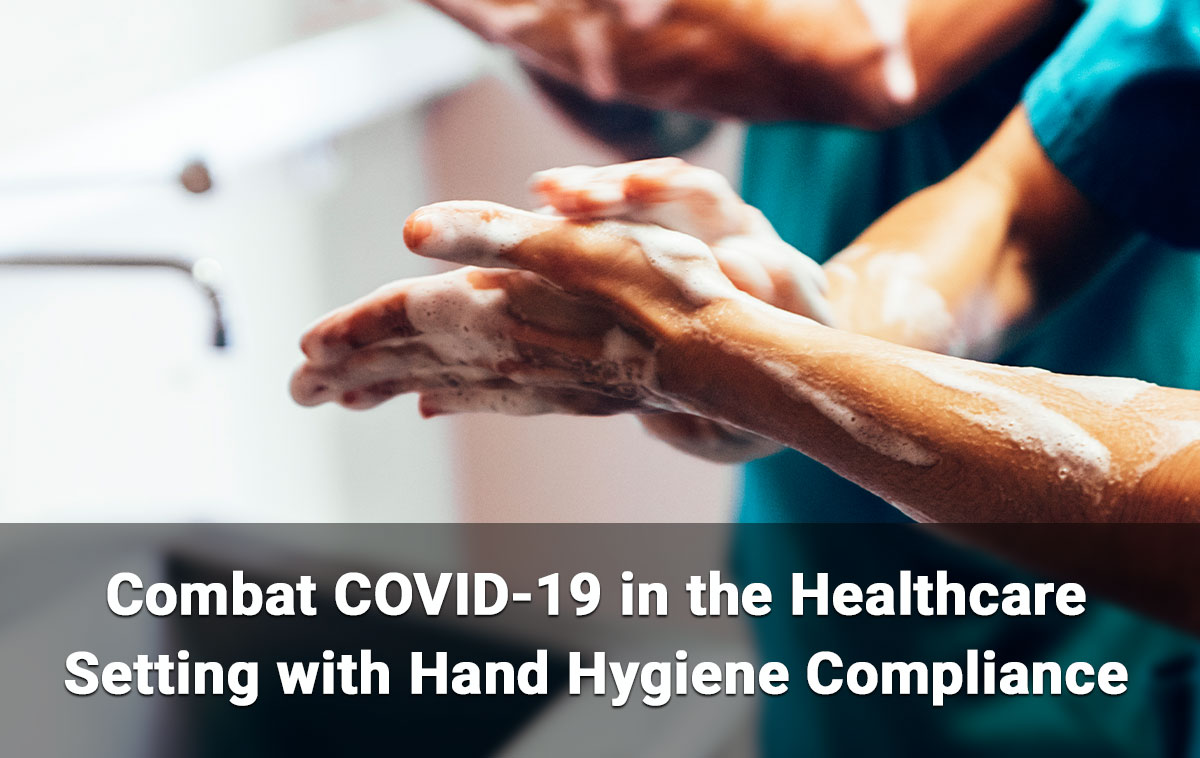What you need to know about the No Surprises Act

Guest Author: Rachel V. Rose, JD, MBA
This article was originally published in Physician’s Practice on December 1.
Enacted in late 2020 as part of the Consolidated Appropriations Act of 2021 with an effective date of Jan. 1, 2022, the No Surprises Act (NSA) underscores its primary purpose is to protect patients from surprise medical bills when receiving certain services from – emergency services, non-emergency services from nonparticipating providers at participating facilities, and air ambulance service from nonparticipating providers. (86 Fed. Reg. 36872 (Jul. 13, 2021)).
Essentially, the NSA does three things: (1) limits a patient’s cost-sharing to in-network levels; (2) prohibits balance billing; and (3) establishes an independent dispute resolution process (IDR). The NSA’s IDR enables payors and providers to resolve disputes over provider payments. 86 Fed. Reg. at 36875–76. As the Centers for Medicare and Medicaid Services (CMS) state, “[m]ost group health plans and health insurance issuers that offer group or individual health insurance coverage have a network of providers and health care facilities (in-network providers) that agree to accept a specific payment amount for their services.”
Three federal agencies are tasked with implementing the NSA – Department of Treasury, Department of Labor, and the Department of Health and Human Services (collectively “Agencies”). These Agencies have published two sets of Interim Final Rules (IFRs) and a Notice of Proposed Rulemaking in preparation for the NSA’s effective date.
The Oct. 7, 2021, IFR addresses the IDR process. There is a comment period that closes on Dec. 6, 2021. Here are the steps that are outlined in the Federal Register:
- Initiating party sends a required form with sufficient information to identify the disputed services within 30 business days from the date the provider or facility receives initial payment or denial of payment. This 30-business-day open negotiation period enables the parties to negotiate an agreed rate by the last day and if an agreement is not reached, then either party may initiate IDR.
- To initiate IDR, within four business days following the end of an open negotiation period, a party submits a notice through the federal IDR portal, which is a public website maintained by CMS.
- The initiating party must do the following: identify its preferred, certified IDR entity and include material information about the dispute, including the “qualifying payment amount” (QPA). The QPA is basically the plan or issuer’s median in-network rate.
- Once the IDR entity is selected, within 10 business days, the parties each submit a respective offer for a payment amount expressed both as a dollar amount and as a percentage of the QPA. A description of the party is also required – for example a provider’s practice size and specialty. Other information may also be submitted; however, there are also exclusions such as the Medicare Fee Schedule.
- Within 30 business days after the IDR entity’s selection, the IDR entity must select one of the offers submitted and are required to choose the offer closest to the QPA, unless additional material information on a variety of different subjects (e.g., market share in relation to the relevant geographic region).
There is a lot to digest and care should be taken to calendar each step. Creating a checklist with the dates and response times is a good place to start. In sum, there is little doubt that this federal IDR process represents a significant change in the way out-of-network services are paid.
Be sure to check out the webinar by Rachel V. Rose called The No Surprises Act – What You Need to Know.
